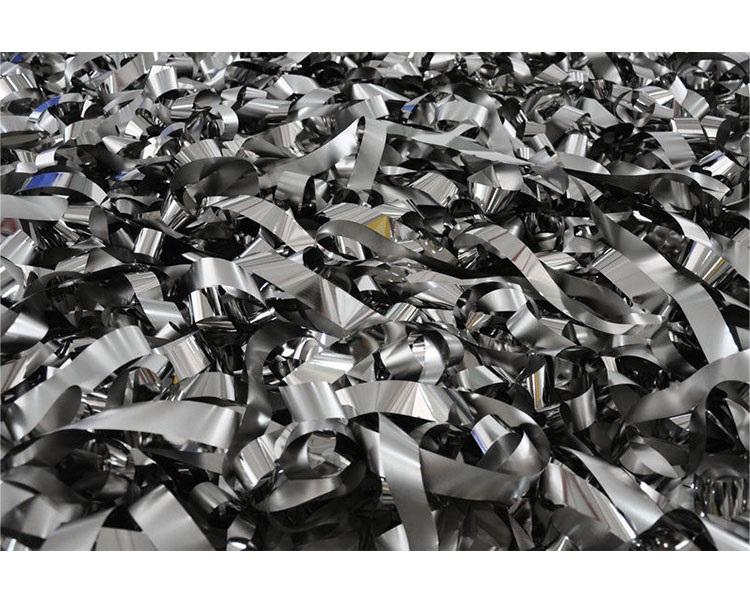Compared with traditional ferrite core transformers, amorphous core transformers have received great attention in recent years due to their unique composition and enhanced performance. These transformers are made from a special magnetic material called amorphous alloy, which has exceptional properties that make it the first choice for a variety of applications. In this article, we will explore what exactly amorphous core is, highlight the differences between amorphous core transformers and ferrite core transformers, and discuss the advantages of using amorphous core transformers.
So, what is an amorphous magnetic core? Amorphous magnetic cores consist of thin alloy strips composed of various metallic elements, typically including iron as the primary element and a combination of boron, silicon, and phosphorus. Unlike the crystalline material in ferrite cores, the atoms in amorphous alloys do not exhibit a regular atomic structure, hence the name "amorphous." Because of this unique atomic arrangement, amorphous cores have excellent magnetic properties.
The most significant difference between amorphous core and ferrite core transformers is their core material. Amorphous cores use the above-mentioned amorphous alloys, while ferrite cores are made from ceramic compounds containing iron oxide and other elements. This difference in core materials results in different transformer characteristics and performance.
One of the main advantages of amorphous core transformers is their significantly reduced core losses. Core loss refers to the energy dissipated in the transformer core, resulting in wasted power and increased heat generation. Compared to ferrite cores, amorphous cores have significantly lower hysteresis and eddy current losses, resulting in higher efficiency and lower operating temperatures. Efficiency improvements of 30% to 70% compared to conventional transformers make amorphous core transformers an attractive option for the energy-saving industry.

In addition, amorphous cores have excellent magnetic properties, including high saturation flux density. Saturation magnetic flux density refers to the maximum magnetic flux that the core material can accommodate. Amorphous alloys have higher saturation flux densities compared to ferrite cores, allowing for smaller, lighter transformers and increased power density. This advantage is particularly beneficial for applications where size and weight constraints are critical, such as power electronics, renewable energy systems and electric vehicles.
Another advantage of amorphous core transformers is their superior high frequency performance. Due to their unique atomic structure, amorphous alloys exhibit lower core losses at higher frequencies, making them ideal for applications involving high-frequency electromagnetic interference (EMI) mitigation. This characteristic enables amorphous core transformers to effectively suppress EMI noise, thereby improving system reliability and reducing interference in sensitive electronic equipment.
Despite these advantages, amorphous core transformers have some limitations. First, the cost of amorphous alloys is higher than ferrite materials, which affects the initial investment cost of the transformer. However, the long-term energy savings achieved through increased efficiency often compensate for the higher initial cost. Second, the mechanical properties of amorphous alloys are generally inferior to those of ferrite cores, making them more susceptible to mechanical stress and potential damage. Proper design considerations and processing techniques are critical to ensuring the longevity and reliability of amorphous core transformers.
In summary, amorphous core transformers have many advantages over traditional ferrite core transformers. Their reduced core losses, high magnetic performance, excellent high frequency performance, and smaller size and weight make them an attractive choice for a variety of applications. As the demand for energy-efficient systems continues to grow, amorphous core transformers are likely to play an important role in meeting these requirements and driving industries towards a greener, more sustainable future.
Post time: Nov-21-2023

